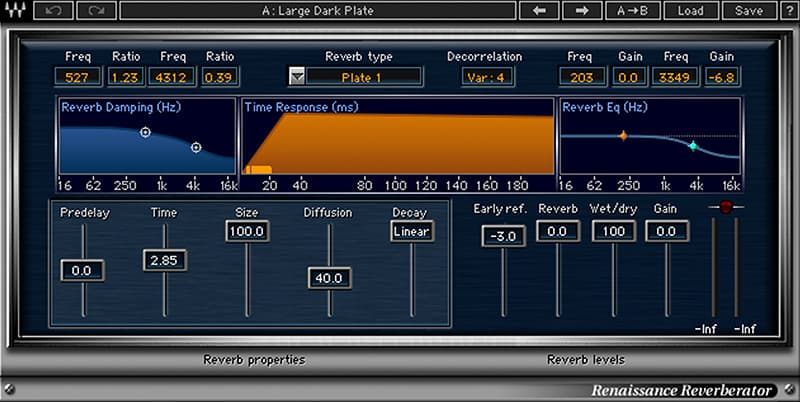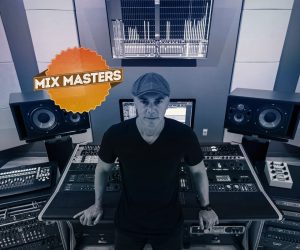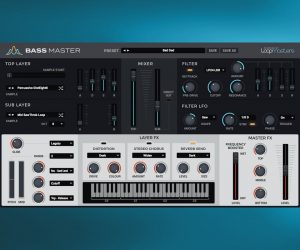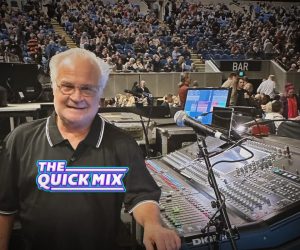
Mix Masters: Pop Vocals with Phil Tan
Born in Malaysia, Tan graduated in 1990 from Florida’s Full Sail education facility, and was given his big break by rapper/producer Jermaine Dupri. Since then Tan has amassed credits like Mariah Carey, Usher, Justin Bieber, Whitney Houston, Alicia Keys, Aretha Franklin, Outkast, Jay-Z and many others, and won three Grammy Awards as a mix engineer on Mariah Carey’s album The Emancipation of Mimi (2005), Ludacris’s album Release Therapy (2006), and Rihanna’s Only Girl (In the World). A staggering eight of Rihanna’s 10 US number one hits were mixed by Tan.
Diamonds is the 10th US No. 1 that Barbadian mega-star Rihanna has scored since her international breakthrough in 2005. It was written and produced by the Norwegian duo Stargate and American hitmaker, Benny Blanco, and mixed by Phil Tan. It’s the kind of melodic mid-tempo pop ballad on which Stargate appears to have established a 21st century monopoly, the odd-ball ingredient being its four-to-the-floor dance kick drum that gives it movement and bite. It’s also lavishly arranged with strings, piano and a whole panorama of keyboard sounds all competing in the mid-range frequency area. According to Tan, the rough mix was already in great shape, and his main attention during the mixing of Diamonds went into making sure the vocal sounded great and cut through the track. He explains some of the things to focus on when mixing vocals, using Diamonds as an illustration.
Phil Tan currently works from his own studio in Atlanta, called Ninja Beat Club where he mixed Diamonds using his Avid Icon D-Control desk, some choice outboard, and Dynaudio M1 and JBL LSR6332 monitors, both powered by Bryston amplifiers. He also has a pair of RCF Mytho 8 speakers and Digidesign RM1 monitors, and adds, “Sometimes I’ll check my mixes on a little mono Deadmau5 monitor or the Ecko Spray Bluetooth speaker.” Tan has spent most of his career mixing on a desk, usually an SSL, and explained that his decision to install a D-Control desk at Ninja Beat Club was purely due to the practical needs for mixing pop music in the second decade of the 21st century.
Tan: “I work on many different projects at the same time, so recall is essential for me. This is the main reason why I stopped working on analogue desks, even though I still prefer the way they sound. I try to compensate somewhat by having a number of analogue pieces in my studio, like a Manley Variable Mu limiter/compressor and an Inward Connections DEQ-1 EQ, plus I also have the SSL XRack (which has 16 channels of summing), a Tube-Tech CL-1B compressor, and mic pres like the Millennia HV-3B, two Neve 1079s and the Universal Audio LA-610 tube recording channel. Just before I mixed Diamonds I acquired the VintageMaker summing unit, and I first used it on that track.”





















Actually, Sia Furler wrote the song ‘Diamonds’ w/ Blanco/Stargate.
Great tips and great article!